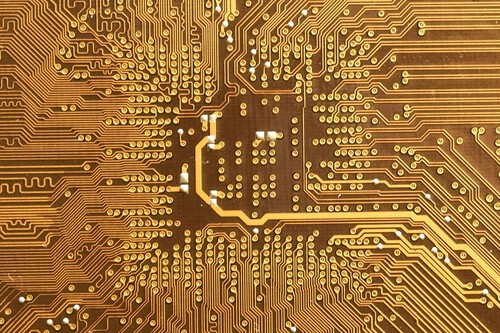Microsoft believes it has made a major breakthrough in quantum computing—and it has done so with a radically different approach.
Majorana’s fermion. Italian physicist Ettore Majorana theorized the existence of this particle in 1937. Researchers have been searching for it ever since. It has a unique property: It’s both a particle and its own antiparticle. In other words, a potential game changer for quantum computing.
17 years in the making. Microsoft says it has spent 17 years developing new materials and architecture for quantum computing. Zulfi Alam, head of the division, said, “After 17 years, we are showcasing results that are not just incredible. They’re real. They will fundamentally redefine how the next stage of the quantum journey takes place.”
Majorana 1. The result of this work, published in Nature, is Majorana 1, the first quantum processor based on this architecture. Instead of using electrons on its chip, as traditional processors do, Microsoft uses Majorana particles. To achieve this, its researchers developed the “world’s first topological superconductor,” a new type of semiconductor that also functions as a superconductor. It can observe and control Majorana particles with one key goal: creating more reliable, noise-resistant qubits—one of quantum computing’s biggest challenges.
Up to a million qubits. According to the researchers, this topological superconductor enables the creation of topological superconductivity, a new state of matter previously only theorized. Experts built the material using indium arsenide and aluminum, placing eight topological qubits on the chip. It’s just the beginning—they hope to scale that number to a million.
Accurate simulations. Future million-qubit chips could enable far more accurate simulations and improved error correction. This capability could lead to revolutionary discoveries in fields such as medicine and materials science. “It will solve problems unsolvable by the combined power of all the world’s compute today,” Microsoft officials said in a video explaining the technology.
“Experimentation will no longer be necessary.” Alam highlighted how quantum computing excels at running simulations, “especially in chemistry and materials, that are extremely accurate—as accurate as an actual real lab experiment. Imagine a world where a scientist computes the material they want, and they compute it to the accuracy that it’s right the first time. So, when you walk into a lab, you don’t need to experiment anymore.”
Scalability. Microsoft researchers say this is just the beginning. “The core technology is proven, and we believe our architecture is scalable.” The company has already partnered with the Defense Advanced Research Projects Agency to develop a prototype of a fault-tolerant quantum computer based on topological qubits. And, as Microsoft puts it, this will happen “in years, not decades.”



